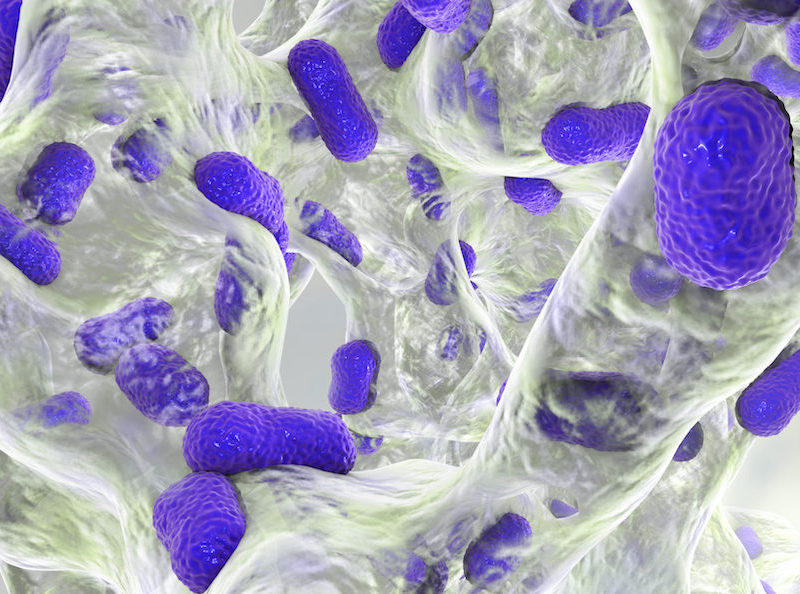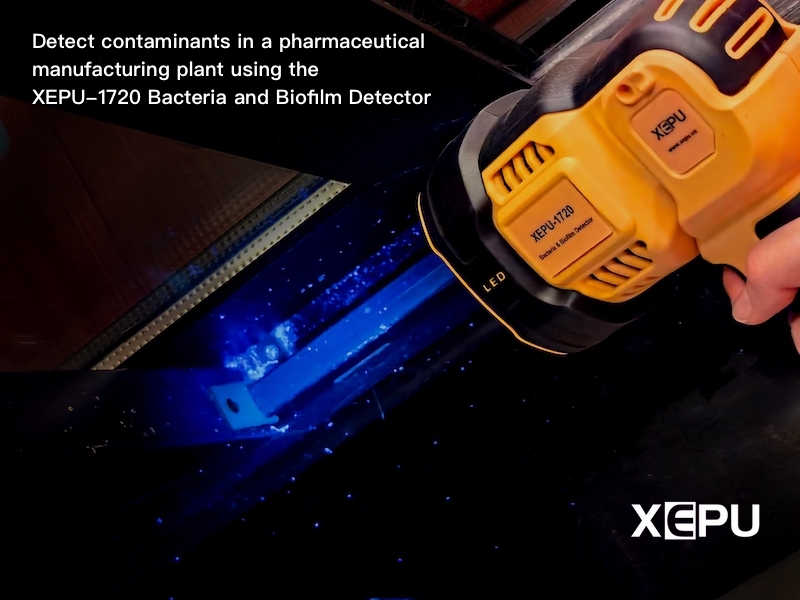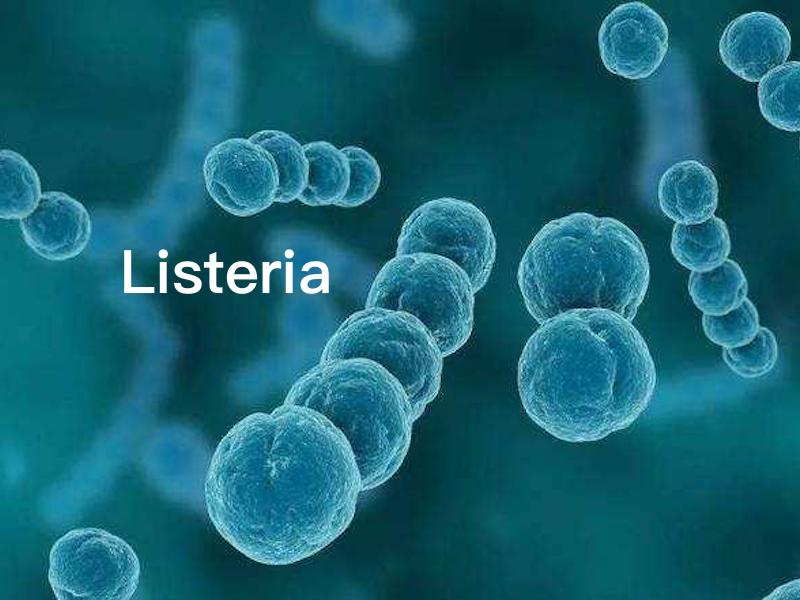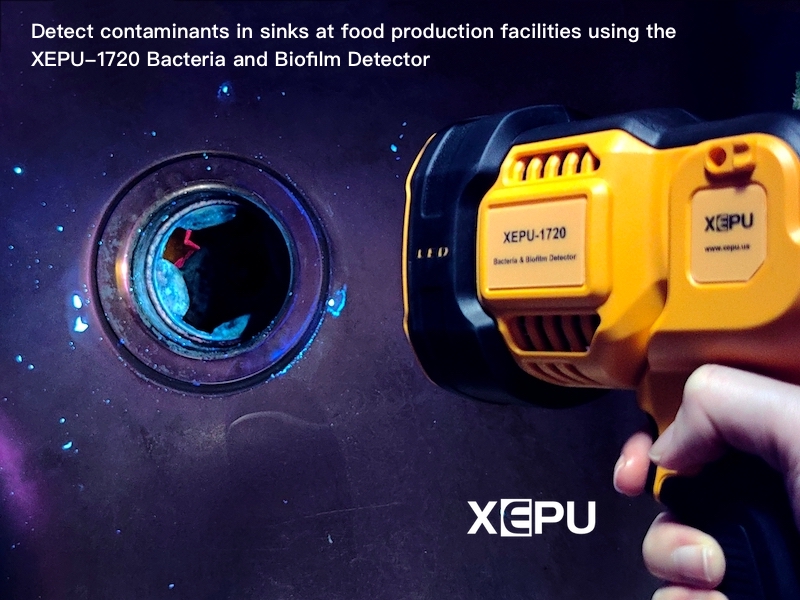Green Fluorescent Protein GFP and Variants: Characteristics and Applications
The Origin of Fluorescent Proteins
In the early 1960s, the discovery of green fluorescent protein (GFP) heralded a new era in cell biology, enabling researchers to apply molecular cloning methods to fuse fluorescent moieties with various protein and enzyme targets to monitor cellular processes in living systems. When combined with the latest advancements in fluorescence excitation light sources, green fluorescent protein GFP and its variants have been widely used in fluorescent image of plants, animals, and live cells.
In 1961, Osamu Shimomura and Frank Johnson from the University of Washington Laboratory isolated a calcium-dependent bioluminescent protein from the Aequorea victoria jellyfish, which they named aequorin. During the isolation procedure, a second protein lacked the blue-emitting bioluminescent properties of aequorin, but was able to produce green fluorescence when illuminated with ultraviolet (UV) light. Due to this property, the protein was eventually named green fluorescent protein (GFP). Over the next two decades, researchers determined that aequorin and the green fluorescent protein work together in the light organs of the jellyfish to convert calcium-induced luminescent signals into the green fluorescence characteristic of the species.
Image below: fluorescence observed using GFPfinder Fluorescent Protein Lamps

Development and Applications of Green Fluorescent Protein GFP and Its Variants
Although the green fluorescent protein GFP gene was cloned in 1992, its potential as a molecular probe was not realized until several years later when fusion products were used to track gene expression in bacteria and nematodes. Since these early studies, the green fluorescent protein GFP has been engineered to generate a large number of mutants, fusion proteins, and biosensors which are widely referred to as fluorescent proteins. Recently, fluorescent proteins from other species have been identified and isolated, further expanding the color palette. With the rapid development of fluorescent protein technology, this genetically encoded fluorophore has more application potentials beyong simple tracking of labeled biomolecules in live cells.
Nowadays, scientists have developed various genetic variants of green fluorescent proteins, and the fluorescence emission spectral profiles almost span the entire visible light spectrum. The mutagenesis efforts in the original Aequorea victoria jellyfish green fluorescent protein have resulted in new fluorescent probes, which range in color from blue to yellow and are some of the most widely used in vivo reporter molecules in biological research.
Green fluorescent protein GFP and its mutated allelic forms, blue, cyan, and yellow fluorescent proteins are used to construct fluorescent chimeric proteins. After transfection with engineered vectors, they can be expressed in living cells, leaves, seeds, roots, tissues, and the entire organism. Red fluorescent protein (RFP) has been isolated from other species, including coral reef organisms. Fluorescent protein technique avoids the problems of purifying, tagging, and introducing labeled proteins into cells or the task of producing specific antibodies against surface or internal antigens.
Green Fluorescent Protein (GFP)
Wild-type green fluorescent protein (wtGFP): Although wild-type green fluorescent protein wtGFP produces significant green fluorescence and is extremely stable, the excitation peak is close to the ultraviolet range. Due to the special optical considerations required by ultraviolet radiation and its potential to damage living cells, wild-type green fluorescent protein wtGFP is not ideal for live cell imaging.
Enhanced green fluorescent protein (EGFP): By introducing a single point mutation that changes serine at position 65 to threonine residue (S65T), the excitation peak of the green fluorescent protein shifts to 488 nm (in the cyan region). This variant is known as enhanced GFP (EGFP).
ZsGreen1: A coral reef protein called ZsGreen1, with an emission peak of 505 nm, has been introduced as a substitute for enhanced green fluorescent protein EGFP. When expressed in mammalian cells, ZsGreen1 is bright compared to EGFP, but its efficacy in producing fusion mutants is limited, and it has a tendency to form tetramers similar to other coral reef proteins.
Image below: green fluorescent protein in tobacco leaves observed using Fluorescent Protein Lamp GFPfinder-2103RGU
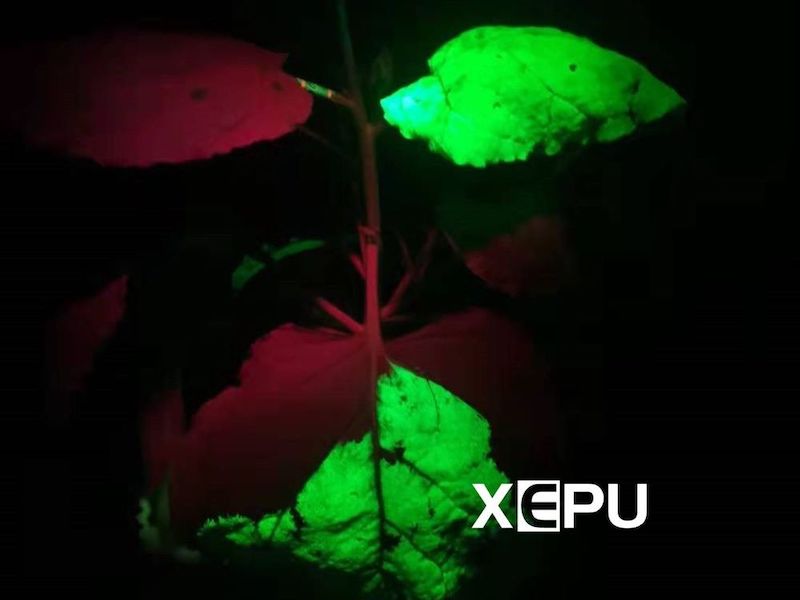
Red Fluorescent Protein (RFP)
DsRed: The first coral-derived fluorescent protein to be extensively used was derived from Discosoma striata and is known as DsRed . The emission spectrum of DsRed has a peak at 583 nm, while the excitation spectrum has a major peak at 558 nm and a minor peak around 500 nm. Red fluorescent proteins are more suitable for animal imaging.
mCherry: mCherry is a bright red monomeric fluorescent protein produced by multiple rounds of directed evolution of DsRed. mCherry is a monomer with a very fast maturation rate and low acid sensitivity, so the results can be seen quickly after transfection or transcriptional activation.
Image below: red fluorescent protein in plant callus tissue observed using Fluorescent Protein Lamp GFPfinder-2103RGU
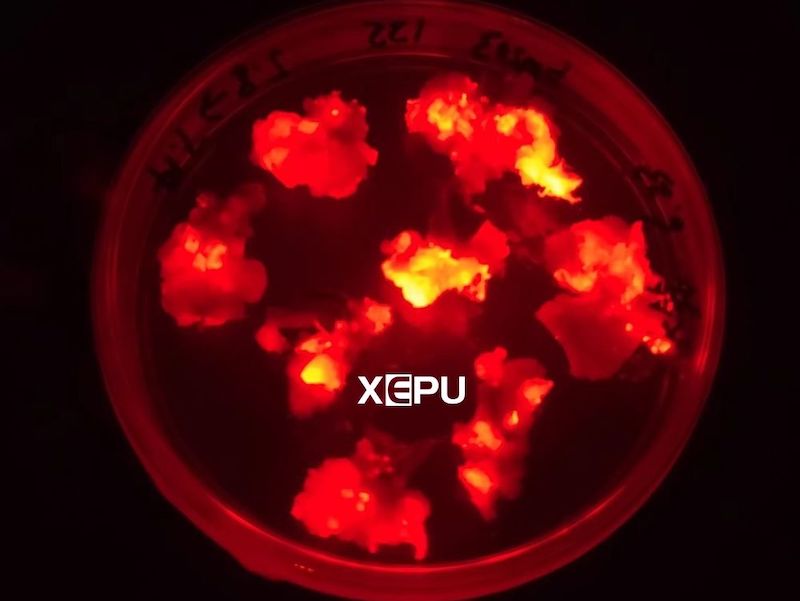
Yellow Fluorescent Protein (YFP)
Enhanced yellow fluorescent protein (EYFP): The enhanced yellow fluorescent protein EYFP and its variants are some of the brightest and most widely used fluorescent proteins. The combination of brightness and fluorescence emission spectrum of enhanced yellow fluorescent protein EYFP makes the probe a candidate for imaging experiments. When paired with enhanced cyan fluorescent protein (ECFP) or GFP2, enhanced yellow fluorescent protein EYFP can also be used for energy transfer experiments. However, the yellow fluorescent protein YFP has some issues as it is highly sensitive to acidic pH values and loses approximately 50% of its fluorescence at pH 6.5. In addition, EYFP has been shown to be more sensitive to chloride ions and photobleaching agents than green fluorescent protein GFP.
Coral reef protein (ZsYellow1): ZsYellow1 was originally cloned from Zoanthus species native to the Indian Ocean and Pacific Ocean, and can produce true yellow emission, making it an ideal choice for multi-color applications. Like the green fluorescent protein ZsGreen1, this derivative is not as useful in creating fusion as the enhanced yellow fluorescent protein EYFP, and has a tendency to form tetramers.
Image below: yellow fluorescent protein (YFP)
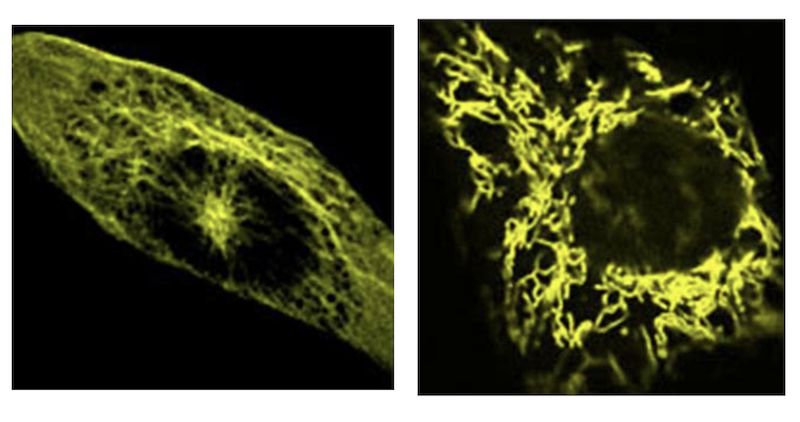
How to Detect Fluorescent Proteins and Observe Fluorescence?
To detect fluorescent proteins, it is necessary to select a powerful fluorescent protein excitation lamp based on the excitation and emission spectrum of the fluorescent proteins used.
Fluorescent Protein Lamp GFPfinder-2103RGU provides three types of light source: blue light (450 nm), green light (520 nm), and ultraviolet light (365 nm). With just one lamp, you will be able to detect multiple fluorescent proteins:
● Royal blue light (440-460 nm): detect GFP, EGFP, etc.
● Green light (510-540 nm): detect mCherry, DsRed, tdTomato, etc.
● Ultraviolet light (360-380 nm): detect wtGFP, DAPI, etc.
If you work on different types of fluorescent proteins, Fluorescent Protein Lamp GFPfinder-2103RGU is a powerful and economical choice! Equipped with 12W high-power LEDs, the intense radiation enables you to detect weak fluorescence in the dark!
Image below: Fluorescent Protein Lamp GFPfinder-2103RGU


